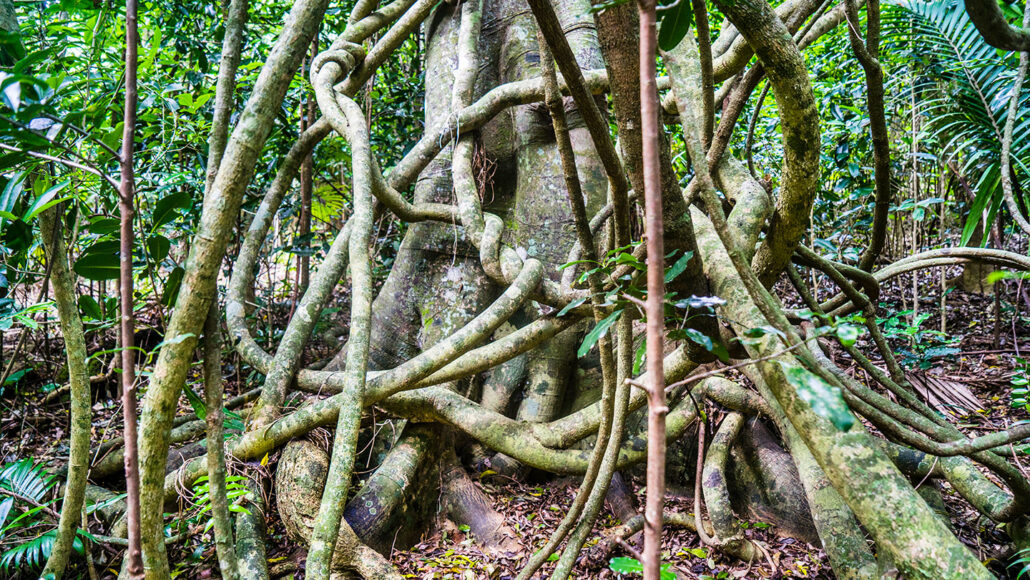Questions for ‘Rampaging vines are slowly strangling tropical forests’

Woody vines, called lianas, are increasing in tropical forests across South and Central America. Once they climb a tree, they rapidly spread their leaves over those of the tree, stealing the tree’s sunlight. Because of this and other traits, lianas slow the growth of trees — and can kill them.
Manfred Gottschalk/Stone/Getty Images Plus